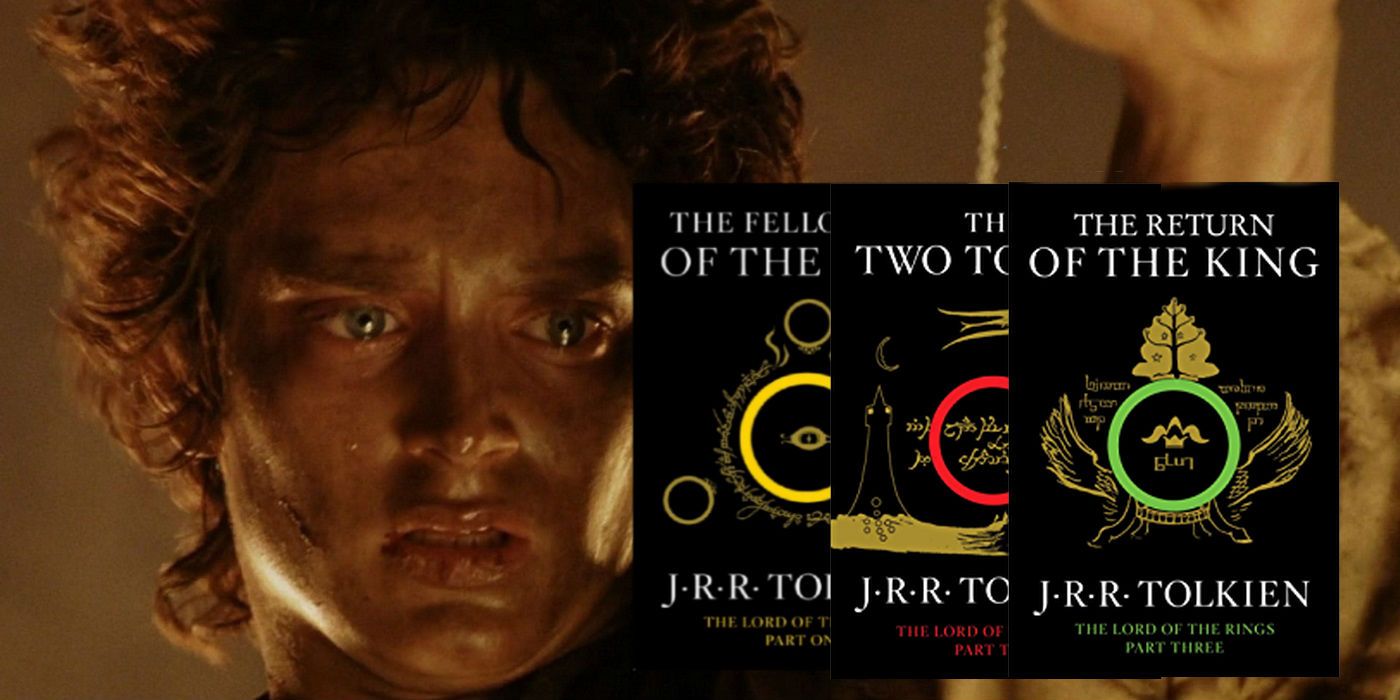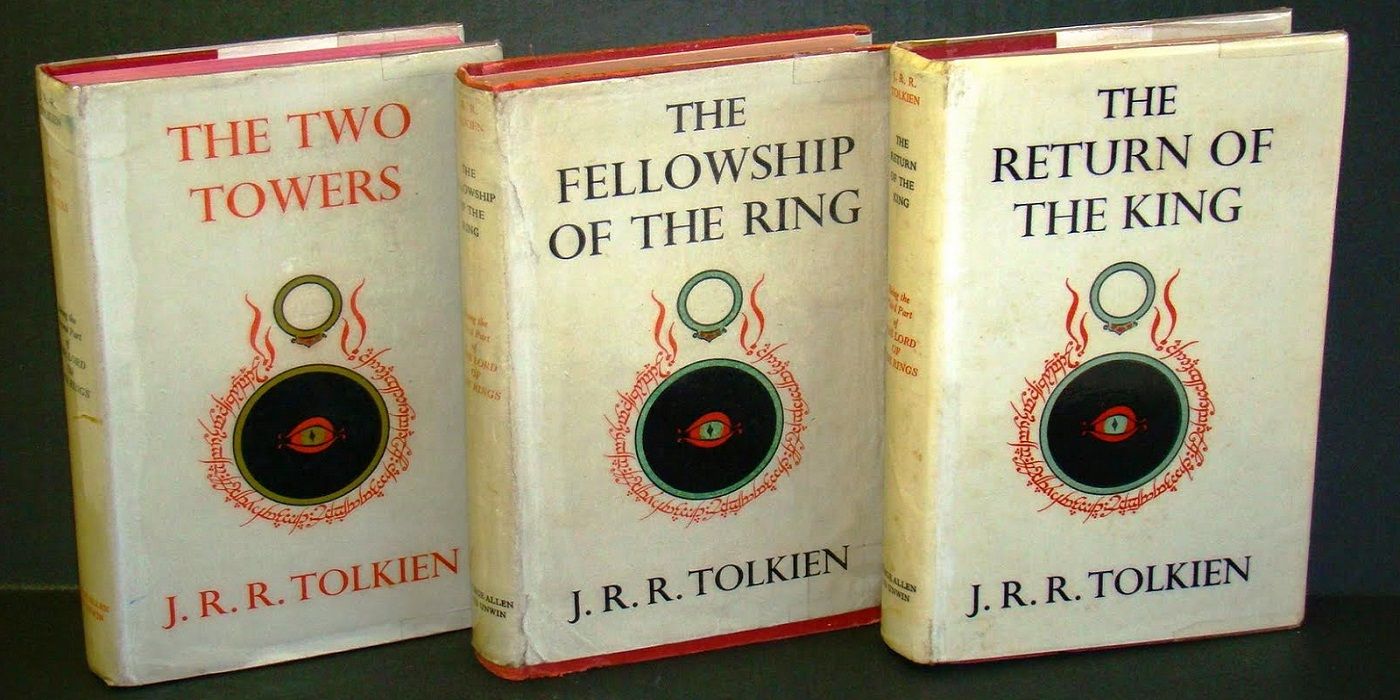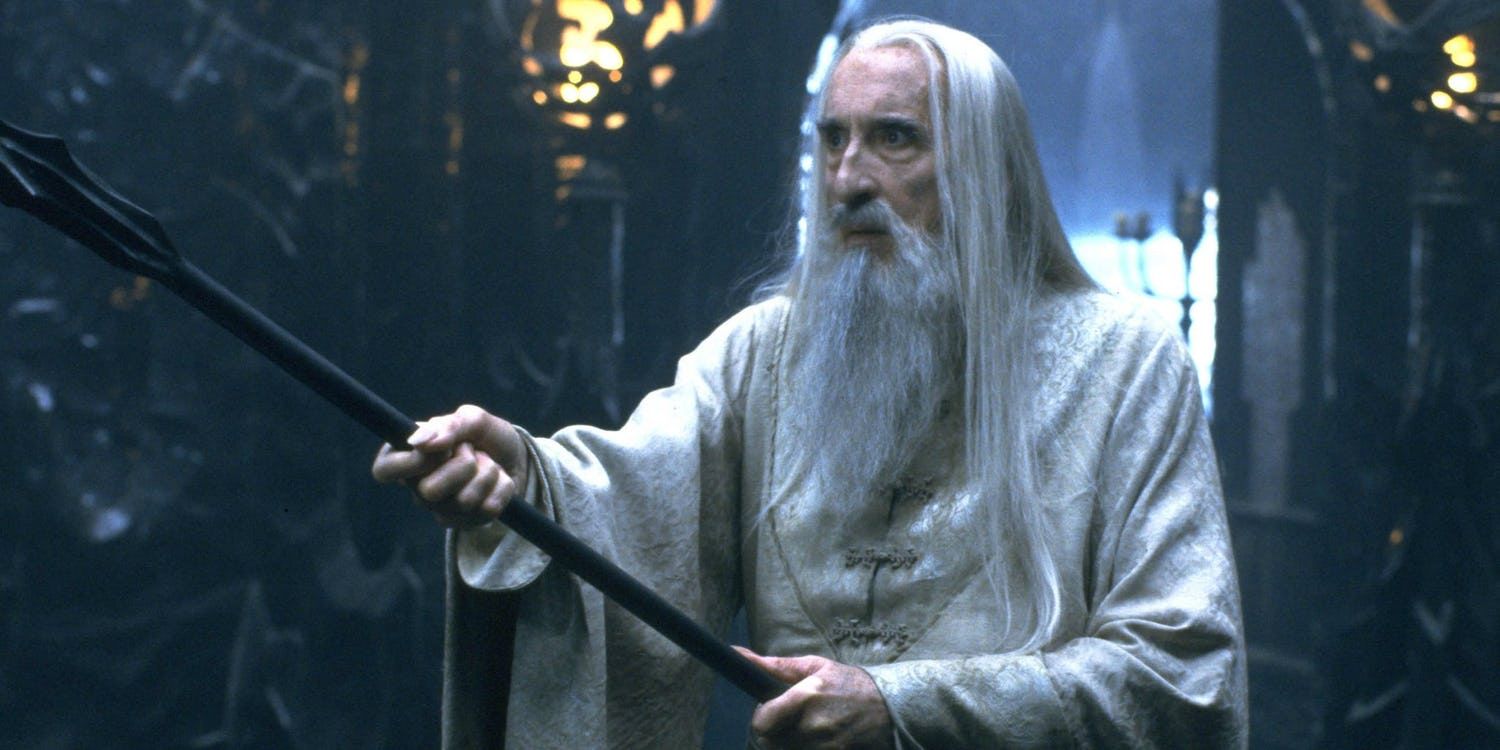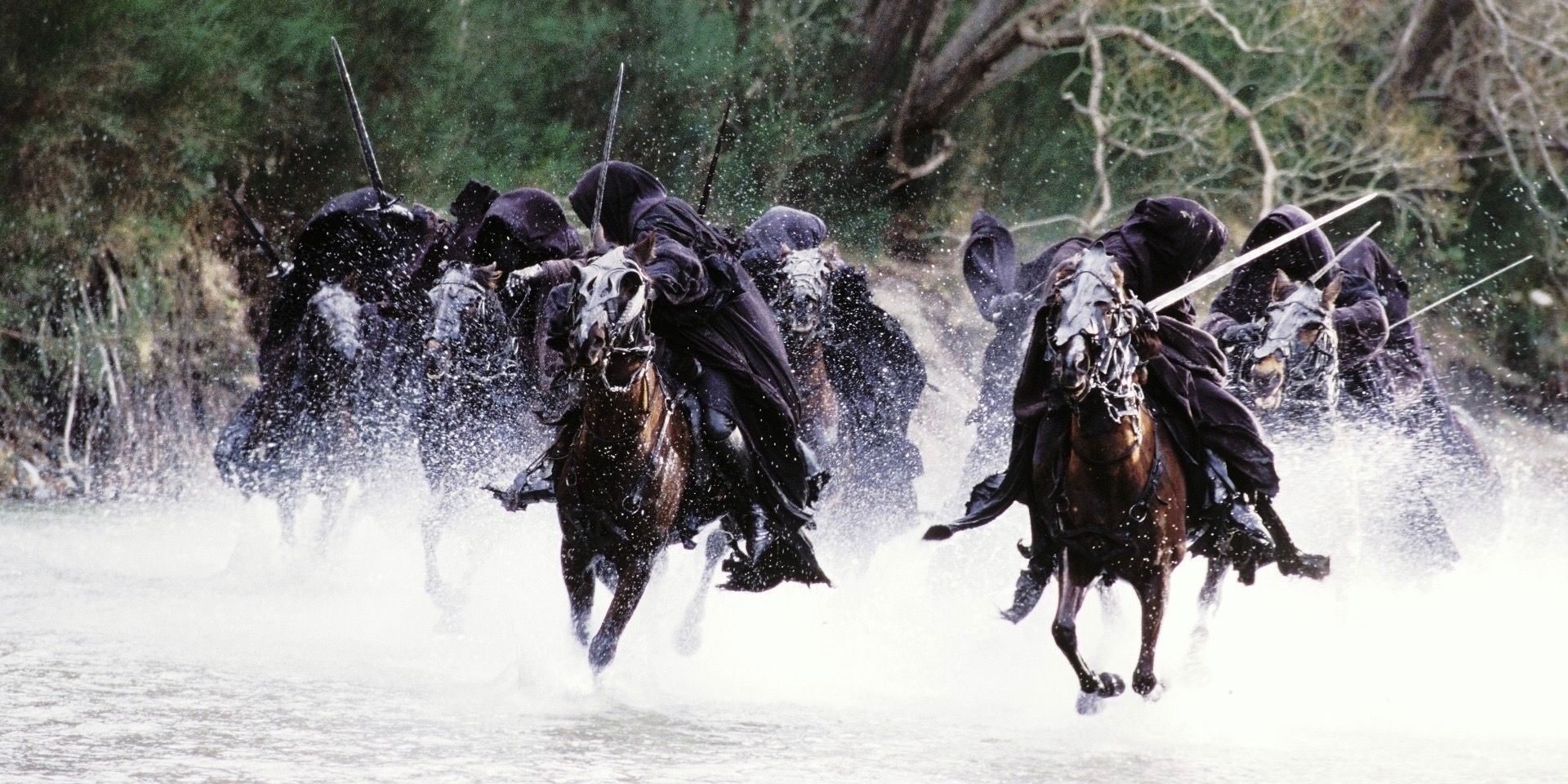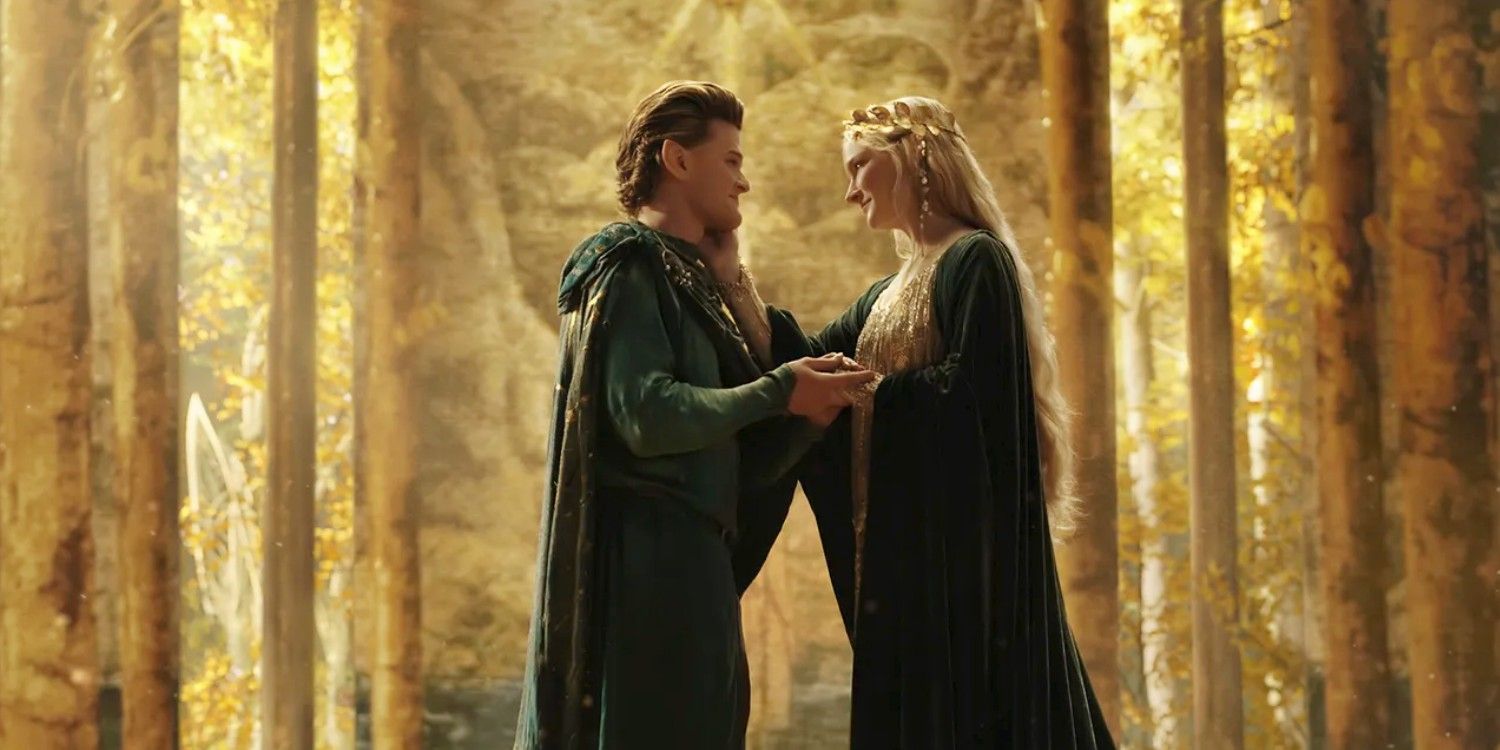The Lord of the Rings is widely known as a trilogy, both in the literary and cinematic worlds. So why is it often referred to as a series of 6 books, and how does Amazon's Lord of the Rings: The Rings of Power fit into the picture? On bookshelves and film libraries across the world, Frodo's trek from the Shire to Mordor in Lord of the Rings is split into three parts: The Fellowship of the Ring, The Two Towers and The Return of the King. This is how the story was originally published in the mid-1950s and also how Peter Jackson adapted Tolkien's magnum opus, with each book translated into an epic, longer-than-feature-length movie that served to bring Middle-earth to both a new generation and a more mainstream audience.
The release of the Lord of the Rings film trilogy also consolidated the idea that the story is split into 3 parts, although this notion had already been firmly established by half a century of printing LOTR in three chunky installments. In fact, this structure has been in place for so long that Tolkien's original intentions have been mostly forgotten. The legendary author had already enjoyed success with The Hobbit and was encouraged to write a follow-up, in addition to his ongoing work on Lord of the Rings' relative, The Silmarillion. Unlike The Hobbit, which was intended and released as a single work, things got complicated with The Lord of the Rings.
With Amazon's Lord of the Rings: The Rings of Power debuting in 2022, the question of exactly how Tolkien's writings have been categorized and interpreted over the years becomes even more relevant and interesting. Although Peter Jackson's initial trilogy provides a fairly direct adaptation of The Lord of the Rings' story, the source material is far from straightforward, particularly when it comes to The Rings of Power. Here's why The Lord of the Rings is often considered to be six books, and how Amazon's new Lord of the Rings: The Rings of Power show fits in with the movies.
Why Lord Of The Rings Is 6 Books
According to Tolkien's private letters released to the public in the 1980s, the writer did not envision or create The Lord of the Rings as a three-part saga. Instead, the entire story from Bag End to Mordor and back again was penned as a single, giant tome, which Tolkien hoped would then be followed by a second work, The Silmarillion. Upon completion, The Lord of the Rings was divided into six books by the author, and although he wanted it published in one hit, Tolkien confirmed in his letters that he thought of this new Middle-earth adventure as six separate books.
Unfortunately, the publishing company didn't agree on either count. Tolkien's initial insistence that The Lord of the Rings be published in its entirety was rebuffed by several prospective publishers, and the author was forced to drop this request out of fear that The Lord of the Rings might not see the light of day at all. While Tolkien had already mentally divided his story into 6, his publisher wasn't keen on this idea either. Paper supplies were still recovering from World War II and the company sought to minimize the cost of printing in case The Lord of the Rings wasn't successful. Consequently, the decision was made to release 3 volumes, each containing two books.
The Lord Of The Rings' Missing Book Titles
After reluctantly agreeing to turn The Lord of the Rings series into 3 parts, Tolkien was then made to compromise again on the titles. The author initially wanted the 6 books to be named separately, but after this idea was shot down, Tolkien suggested his own titles for each part. These were:
- The Shadow Grows
- The Ring in the Shadow
- The War of the Ring
Near the turn of the millennium, as Peter Jackson's movie trilogy loomed, modern publishers thought to release The Lord of the Rings in 6 volumes, closer to what Tolkien had originally intended. Guided by prospective titles from Tolkien's letters and his son, Christopher, the books were named:
- The Return of the Shadow
- The Fellowship of the Ring
- The Treason of Isengard
- The Journey To Mordor/The Two Towers
- The War of the Ring
- The Return of the King.
Where Each Of The Six Books Finishes
Reading older editions of The Lord of the Rings, it's not always immediately obvious where the remaining story splits would have occurred if the 6-part structure had remained in place, but newer prints are divided as so:
- Book 1 ends with the Ringwraiths being washed away by a river and Frodo losing consciousness.
- Book 2 concludes where The Fellowship of the Ring usually does.
- Book 3 ends with Saruman's defeat and Gandalf riding to Minas Tirith.
- Book 4 stops in the same place as The Two Towers.
- Book 5 finishes with Sauron commencing his attack and Pippin's fate left unclear.
- Book 6 ends The Lord of the Rings.
Is The Lord Of The Rings: The Rings Of Power Based On The Books?
The short answer is that, unlike Jackson's The Lord of the Rings series, or even The Hobbit trilogy, Amazon's Lord of the Rings: The Rings of Power TV show is not a direct adaptation of any one Tolkien novel. Instead, The Rings of Power partly adapts The Silmarillion, a historical anthology/Bible that Tolkien wrote to expand the lore and timeline of Middle-Earth. Given that The Silmarillion isn't exactly a novel and the fact that The Rings of Power covers a vast timeline that Tolkien never fleshed out in the same detail as The Lord of the Rings, it's not quite accurate to call The Rings of Power a full-blown The Silmarillion adaptation. Rather, it will take inspiration from Tolkien's work while also forging a good deal of its own story from scratch, in a greater fashion than The Lord of the Rings trilogy ever did.

